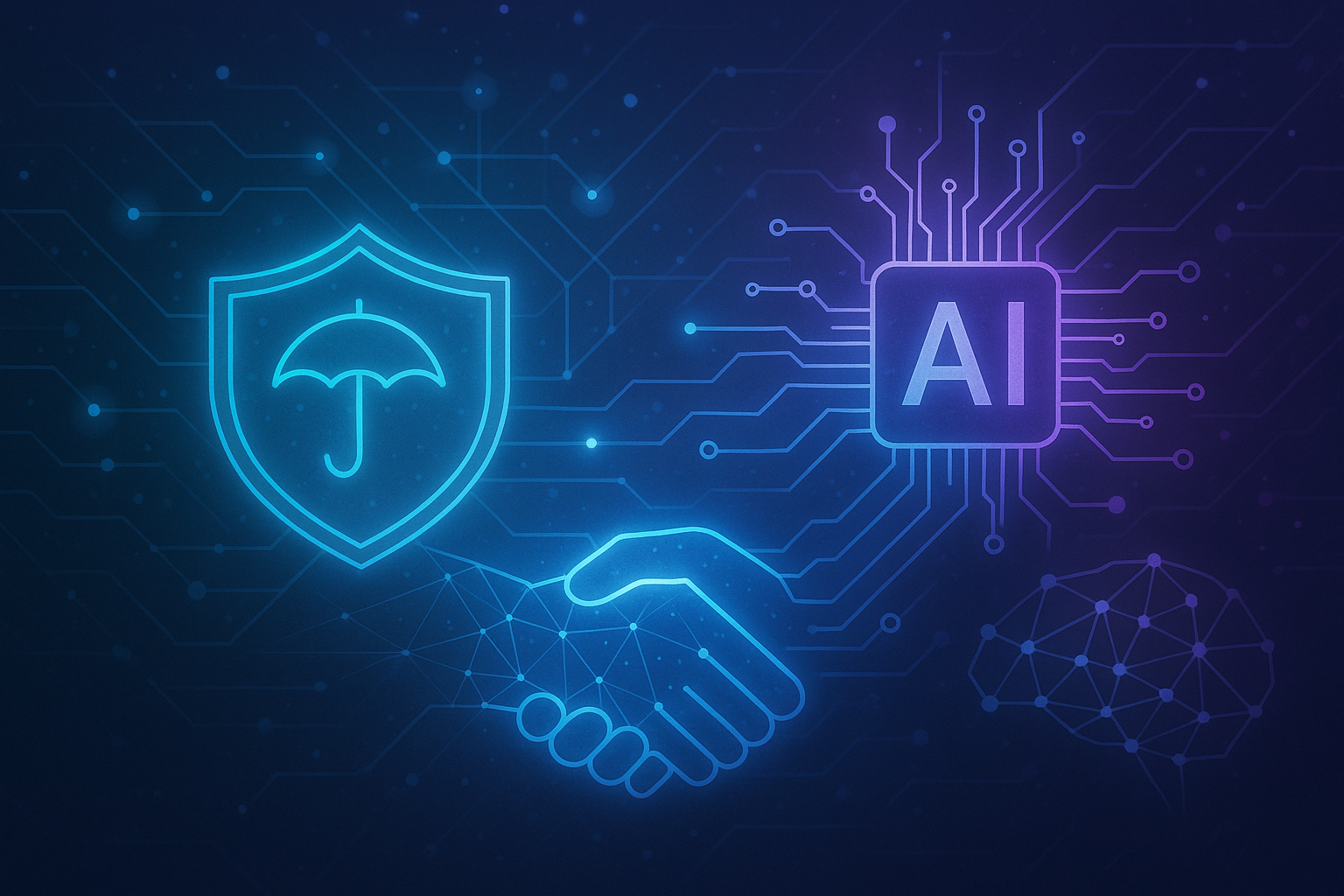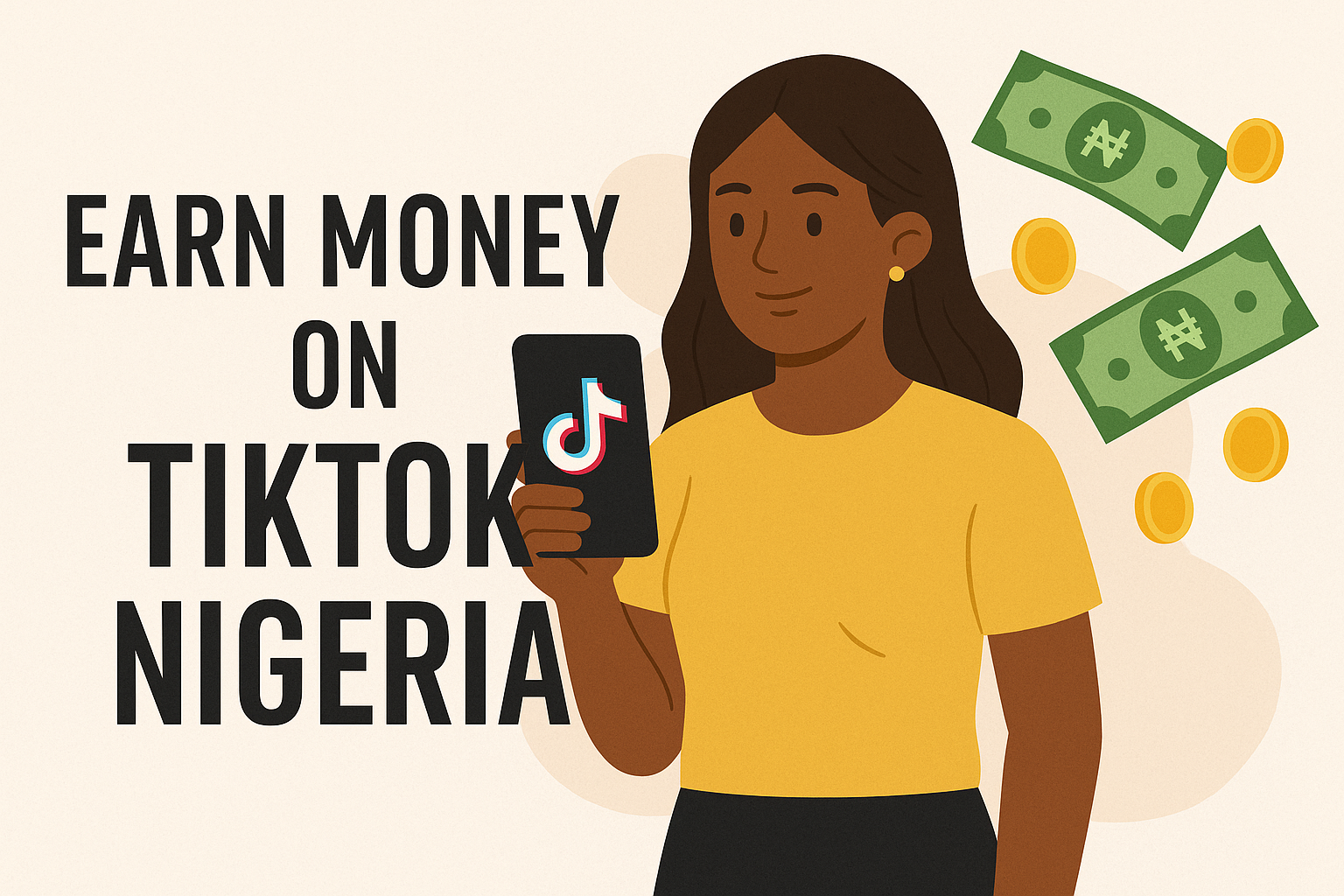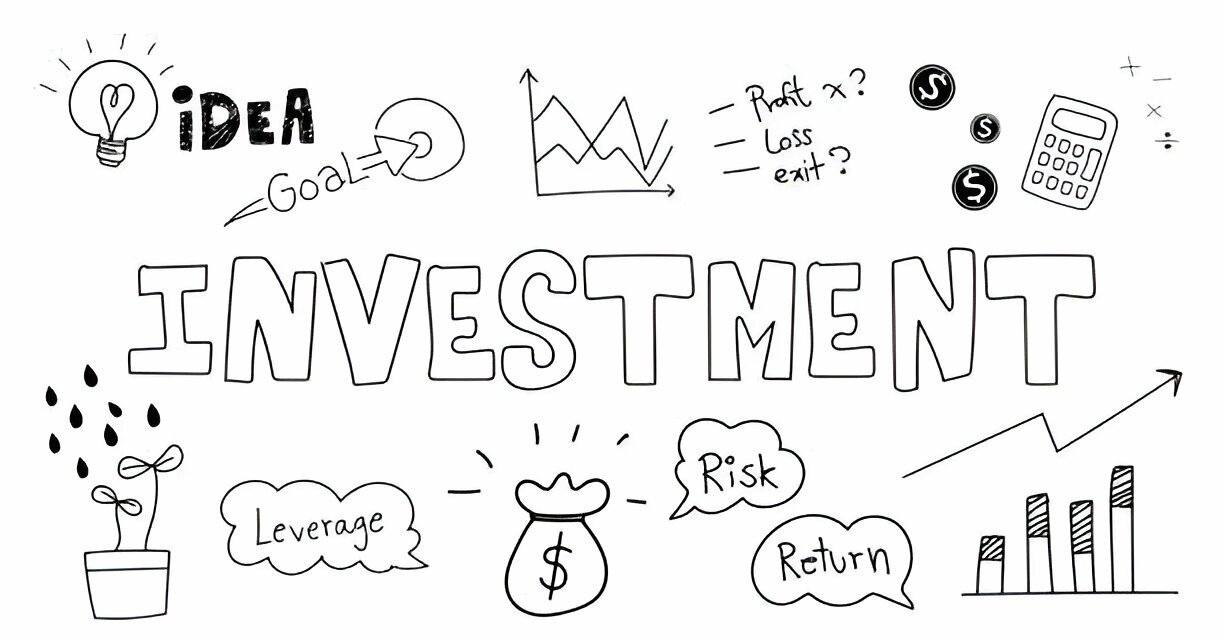The gig economy covers all kinds of short-term, freelance, or contract-based work. Whether you’re delivering food, driving for a rideshare company, tutoring online” title=”How to Sell Online With These 14 Websites and Apps”>online” title=”How to Sell Online With These 14 Websites and Apps”>online” title=”How to Sell Online With These 14 Websites and Apps”>online” title=”How to Sell Online With These 14 Websites and Apps”>online” title=”How to Sell Online With These 14 Websites and Apps”>online” title=”How to Sell Online With These 14 Websites and Apps”>online” title=”How to Sell Online With These 14 Websites and Apps”>online” title=”How to Sell Online With These 14 Websites and Apps”>online” title=”How to Sell Online With These 14 Websites and Apps”>online” title=”How to Sell Online With These 14 Websites and Apps”>online” title=”How to Sell Online With These 14 Websites and Apps”>online” title=”How to Sell Online With These 14 Websites and Apps”>online” title=”How to Sell Online With These 14 Websites and Apps”>online” title=”How to Sell Online With These 14 Websites and Apps”>online” title=”How to Sell Online With These 14 Websites and Apps”>online” title=”How to Sell Online With These 14 Websites and Apps”>online” title=”How to Sell Online With These 14 Websites and Apps”>online, or selling stuff on Etsy, if you’re making money-with-ai-without-quitting-your-job-heres-how” title=”You Can Make Money With AI Without Quitting Your Job – Here’s How”>money-with-ai-without-quitting-your-job-heres-how” title=”You Can Make Money With AI Without Quitting Your Job – Here’s How”>money-with-ai-without-quitting-your-job-heres-how” title=”You Can Make Money With AI Without Quitting Your Job – Here’s How”>money-with-ai-without-quitting-your-job-heres-how” title=”You Can Make Money With AI Without Quitting Your Job – Here’s How”>money-with-ai-without-quitting-your-job-heres-how” title=”You Can Make Money With AI Without Quitting Your Job – Here’s How”>money-with-ai-without-quitting-your-job-heres-how” title=”You Can Make Money With AI Without Quitting Your Job – Here’s How”>money-with-ai-without-quitting-your-job-heres-how” title=”You Can Make Money With AI Without Quitting Your Job – Here’s How”>money-with-ai-without-quitting-your-job-heres-how” title=”You Can Make Money With AI Without Quitting Your Job – Here’s How”>money-with-ai-without-quitting-your-job-heres-how” title=”You Can Make Money With AI Without Quitting Your Job – Here’s How”>money-with-ai-without-quitting-your-job-heres-how” title=”You Can Make Money With AI Without Quitting Your Job – Here’s How”>money-with-ai-without-quitting-your-job-heres-how” title=”You Can Make Money With AI Without Quitting Your Job – Here’s How”>money-with-ai-without-quitting-your-job-heres-how” title=”You Can Make Money With AI Without Quitting Your Job – Here’s How”>money-with-ai-without-quitting-your-job-heres-how” title=”You Can Make Money With AI Without Quitting Your Job – Here’s How”>money-with-ai-without-quitting-your-job-heres-how” title=”You Can Make Money With AI Without Quitting Your Job – Here’s How”>money-with-ai-without-quitting-your-job-heres-how” title=”You Can Make Money With AI Without Quitting Your Job – Here’s How”>money-with-ai-without-quitting-your-job-heres-how” title=”You Can Make Money With AI Without Quitting Your Job – Here’s How”>money-with-ai-without-quitting-your-job-heres-how” title=”You Can Make Money With AI Without Quitting Your Job – Here’s How”>money outside of a traditional 9-to-5 job, you’re likely part of the gig economy.
So, What Exactly Is the Gig Economy?
According to the IRS, the gig economy is a system where people earn money by providing services, goods, or completing tasks, usually through an app or website. Think of jobs like driving for Uber or Lyft, delivering groceries with Instacart, or even renting out a spare room on Airbnb.
But it goes far beyond that. Freelancers in design, writing, tutoring, caregiving, and other industries are all part of this growing sector. A 2022 Upwork survey found that around 60 million Americans freelanced in the past year. That’s nearly 40% of the U.S. workforce.
What Is Gig Work?
Gig work is a broad term and can include just about any job where you’re not a traditional employee. It could mean:
- Driving or delivering (Uber, Lyft, DoorDash, Amazon Flex)
- Selling products online (Etsy, Poshmark)
- Renting out space (Airbnb)
- Creative work (writing, graphic design, video editing)
- Care services (babysitting, elder care, dog walking)
- Tutoring or consulting
Some people take on gigs to earn extra cash on the side, while others treat it as their full-time career. You might get paid per task, per hour, or per project, it all depends on the gig.
What Makes Someone a Gig Worker?
If you’re doing gig work, you’re usually considered self-employed or an independent contractor, not an employee. That means:
- You don’t get employer-provided benefits like health insurance, paid leave, or retirement plans.
- You’re in charge of managing your own taxes and business expenses.
5 Things to Know Before Jumping Into Gig Work
1. Check the Pay
Rates can vary a lot depending on the platform, your location, and demand. Some apps take a cut of your earnings, so always read the fine print. Research how and when you’ll get paid, weekly? After each job?, and check company reviews to make sure it’s legit.
2. Factor in Hidden Costs
Many gigs come with expenses. For example, if you drive for work, you’re responsible for gas, car maintenance, and insurance. Other gigs might require tools, equipment, or platform fees. Always calculate your actual take-home pay after expenses.
3. Plan for Taxes
Unlike traditional jobs, taxes aren’t automatically withheld from your gig income. You’ll need to estimate and set aside money for income and self-employment taxes. Consider using a budgeting app or talking to a tax pro to help you stay on track.
4. Stay Alert for Scams
Scammers love to target gig workers. If a job asks you to pay money upfront or promises unusually high pay with little effort, it’s likely a scam. Always do your homework and trust your gut, if it sounds too good to be true, it probably is.
5. Watch Out for Burnout
Flexible hours can be great, but they often come with long days, inconsistent pay, and high stress. That can lead to burnout, feeling physically and emotionally exhausted, unmotivated, and disconnected from your work.
Common signs of burnout:
- Trouble focusing
- Feeling tired all the time
- Changes in sleep patterns
- Becoming more irritable or impatient
If this sounds familiar, take a closer look at your schedule and finances. Cutting back on unnecessary expenses might help you reduce your workload, or at least be more selective with your gigs.
Conclusion
The gig economy offers flexibility and independence, but it also comes with trade-offs like income uncertainty and lack of benefits. Whether you’re doing gig work full-time or just picking up extra cash, knowing what to expect can help you avoid surprises and stay in control of your finances.













Loading comments...
Leave a Comment(Login required)